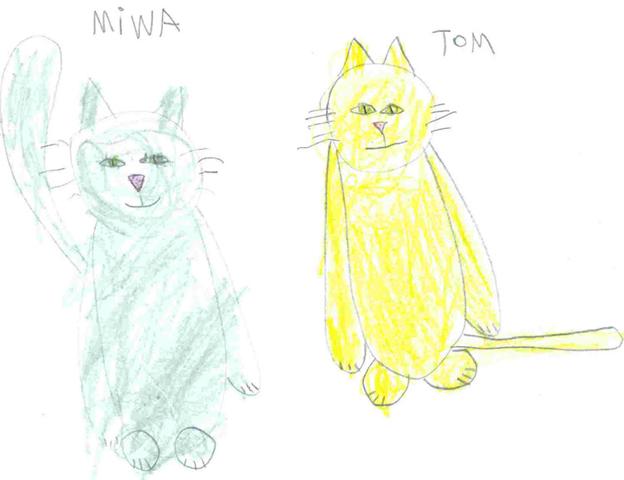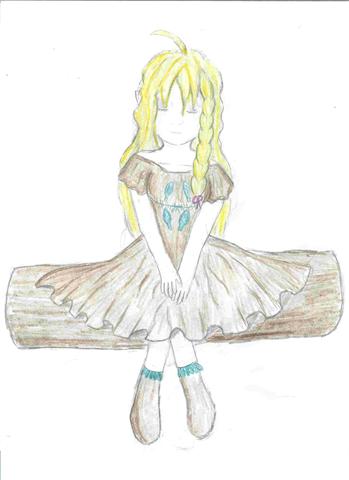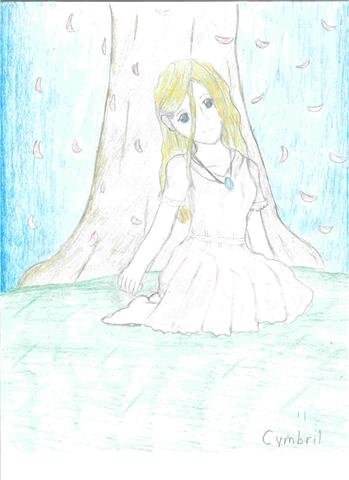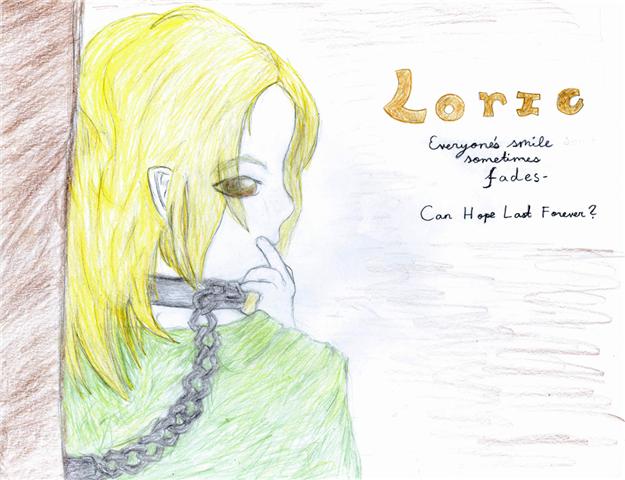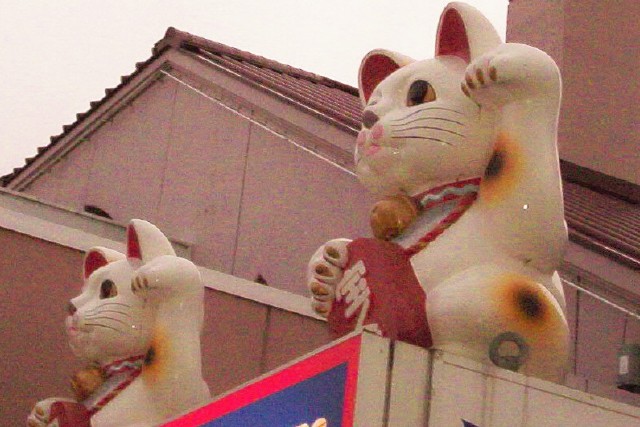Do you remember a time when, as a child, instead of running for a dictionary, you were content to decide for yourself what new words meant? Or more likely, the tendency began long before you could read. I remember deciding once that the strange new word “nevertheless” meant “We’ll see about that.” I thought that must be the case, since the people who said “nevertheless” were usually villains — evil sorceress stepmother queens and the like — who were bent on mocking and spiting the main character who seemed for the moment to be getting the upper hand.
Another example: in My Fair Lady, Eliza sings “All I want is a room somewhere, far away from the cold night air.” For a long time (and I was very little), I believed she was singing, “All I want is a room somewhere, far away from the Lon Ponzair.” In my mind, the Lon Ponzair was a shadowy prince who dressed in black robes, carried a scimitar, and rode a dark horse through desert places. Naturally Eliza — or any sensible girl — would want to be far away from him!
Same song: she sings “Lots of chocolates for me to eat; lots of coal making lots of heat.” Because of her cockney accent, I thought the words were: “Lots of chocolates for me to eat; lots of cows making lots of meat.” (Well, I grew up in a farming community. . . .)
One of the stories I wrote when I was about ten involved a guy driving a Jeep. I thought the word “neutral” as it related to gear shifts meant “neither slow nor fast” — not taking sides, you know, like Switzerland — so I wrote this sentence:
“The engine purred into neutral, and the Jeep sped off at half speed.”
For decades afterward, to the end of his life, my dad would sometimes gleefully call out, “The engine purred into neutral!”
As a toddler, apparently I would spontaneously make up songs and sing them around the house. My mom would write them down, and three of them are preserved for posterity (don’t worry, I’m not going to subject you to all three — just the one that’s pertinent). Here’s one (it’s short):
“Hee hee hee went the blue little thing;
Ho ho ho went the orders;
And so that’s the way it glees.”
Yes, that’s the whole song. What’s interesting to me now about that is that I was using language almost completely for the sound and the pleasure of the words, the way they felt, not for the meaning. We could invent all sorts of meanings for the text, but I doubt there was much of one, even in my child’s mind. I suspect that the words simply felt good. It’s a happy song. Everyone’s laughing — the fantasy creature, even the authority figure; and the last line seems to express general optimism and contentment. (I remember my dad commenting that orders don’t usually go “Ho ho ho.” He had a good point. As with the engine purring into neutral, he would also sometimes shrug and say, “That’s the way it glees.” Later in life, he would mix it with Robert Burns and say, “That’s the gang it glees.”)
In a poem once I used the word “fernwise,” which isn’t in any dictionary:
“. . . Traveling fernwise the whispering hedge,
Finding dream paths at the shadow’s edge.”
I used the word to have at least a threefold meaning: in the direction of ferns (as in “clockwise”); in the way or manner of ferns; and with an awareness or knowledge of ferns. A Japanese colleague asked me, “Can you do that?”
Well, I’m in excellent company. Shakespeare made up a great many of the words he used. They cannot be found in any earlier texts, and many of them are now in our dictionaries.
We have a beautifully rich vocabulary to draw upon. By all means, let’s plumb its depths, get to know it, and use it all we can. We’d all be surprised at the words we have at our disposal. But at the same time, let’s not be afraid to use what we know to extrapolate — to fill in the holes — to create the words that should be there but aren’t yet. Fantasy writers do it all the time, much to the consternation of our electronic spell-checkers.
Is “hobbit” a word? Well, now it is — just check out the Oxford English Dictionary. I know people who freely use the word flayrah.
If anyone’s inclined to comment, this would be an excellent time to tell us your stories about your misconceptions and creative uses of the language when you were a kid — or older, if you’re brave enough. Or do you know of or use any words which aren’t yet generally acknowledged? Tell us, tell us!
So have fun with English, multidimensional creature that it is. Enjoy it in all its richness, and you don’t have to stay inside the lines when you color.
But it probably is safer to stay far away from the Lon Ponzair.


